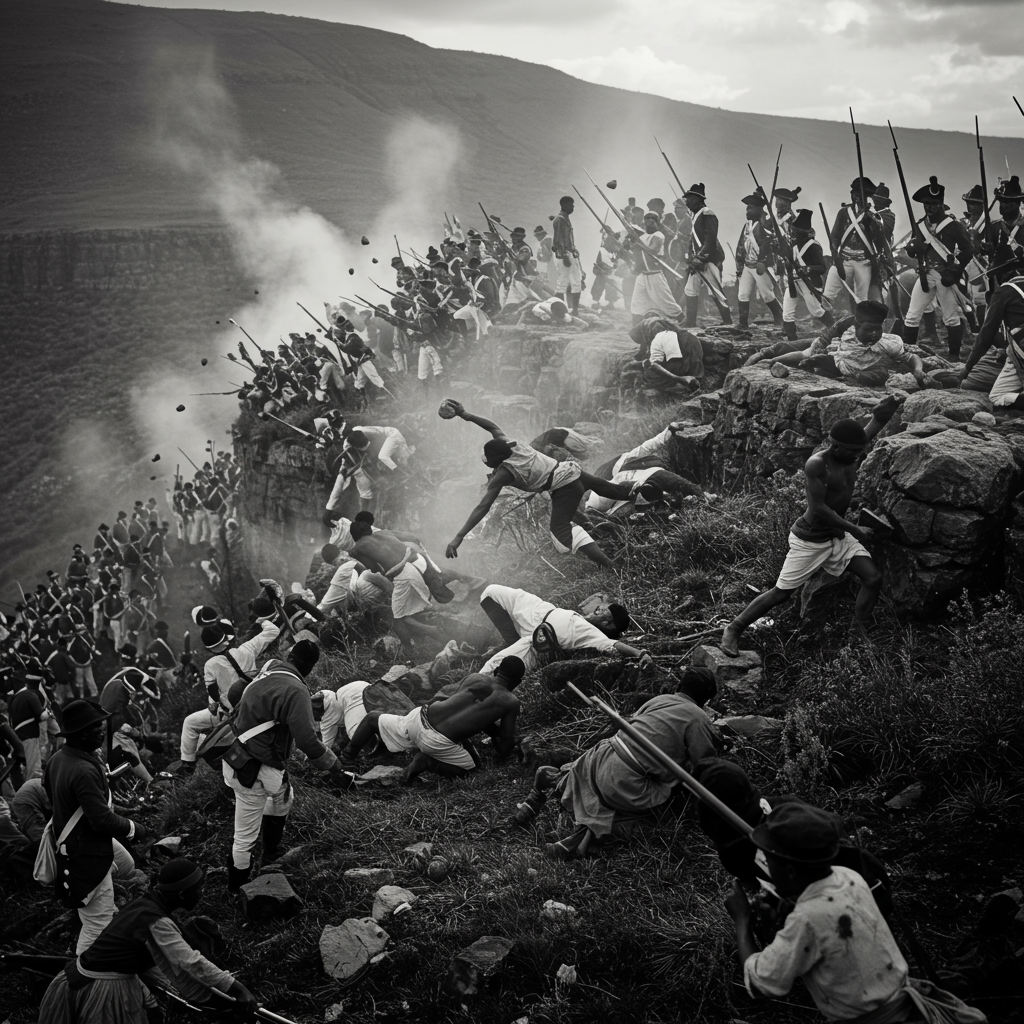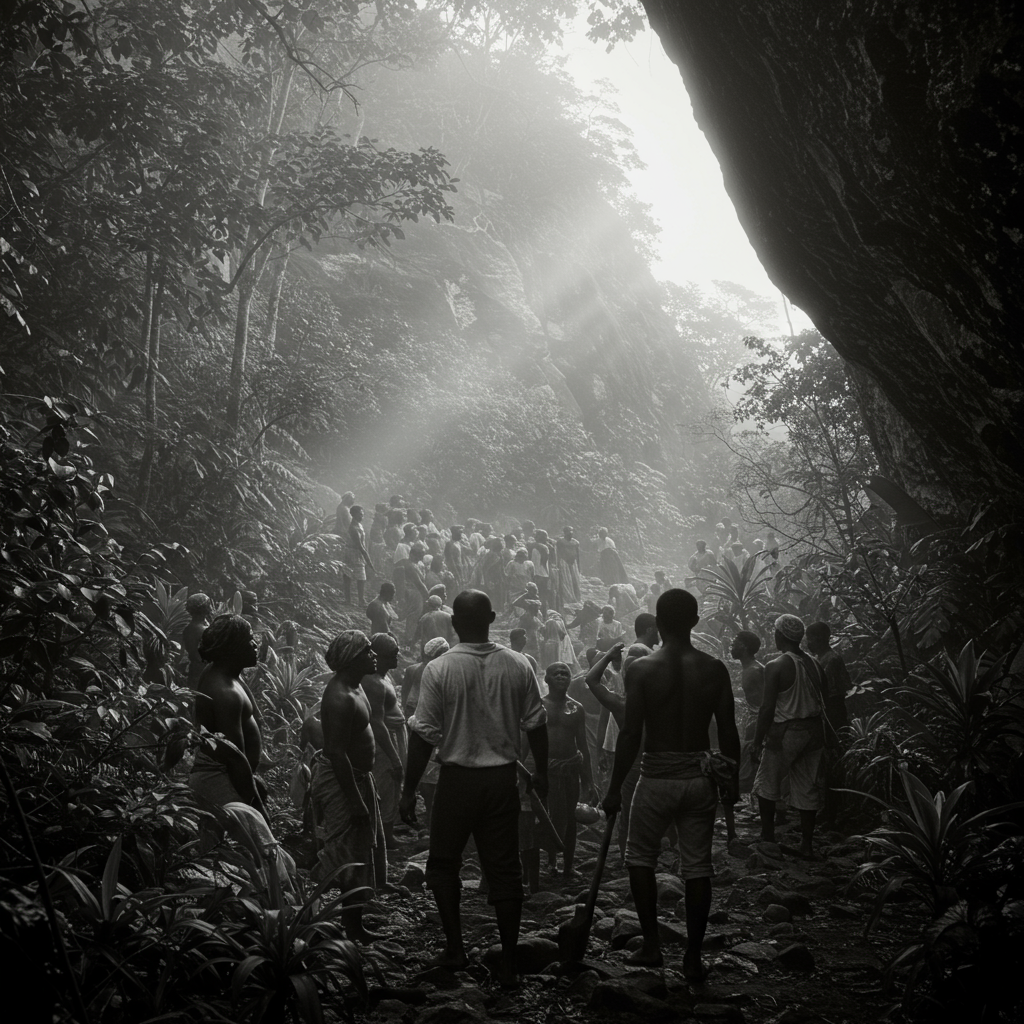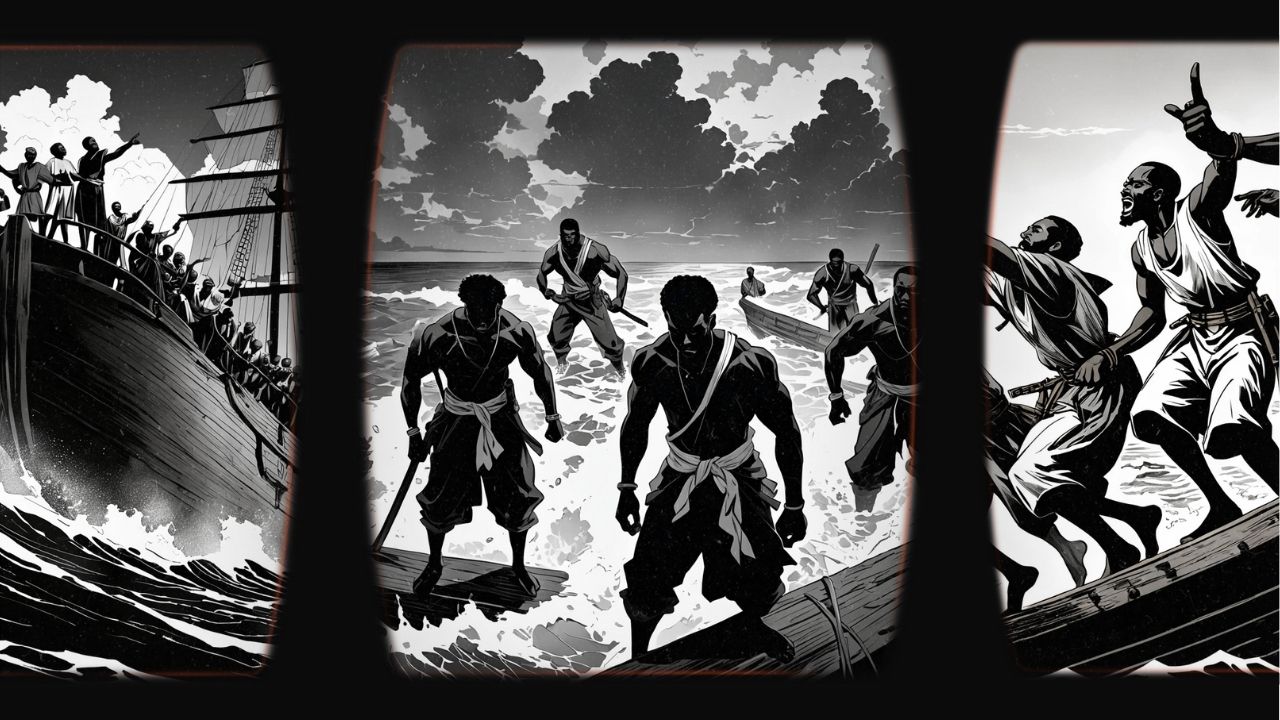The Battle at Cerí Neger
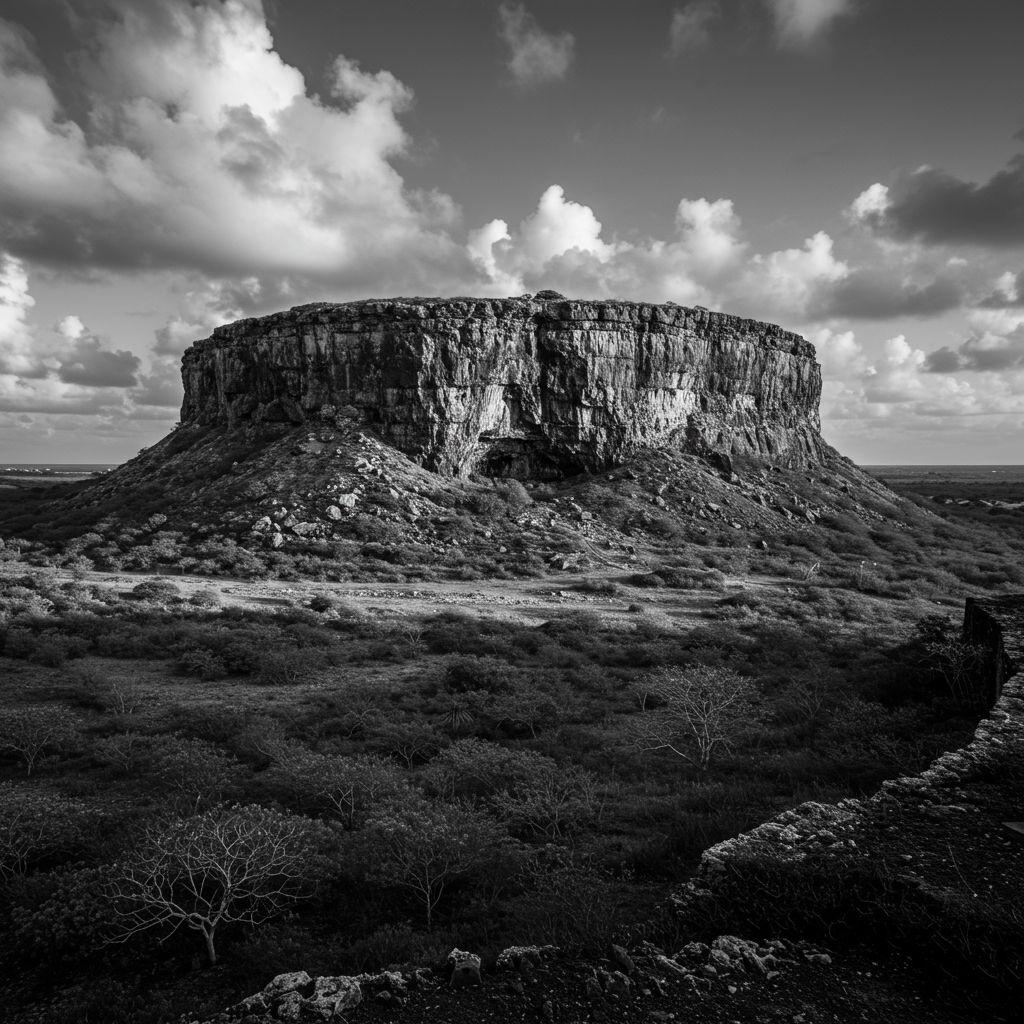
How Enslaved People Fought Back Against Dutch Colonial Rule in 1795.
In the sweltering heat of August 1795, the hills of Curaçao echoed with gunfire as enslaved Africans faced off against Dutch colonial forces in a desperate fight for freedom. The Battle at Cerí Neger stands as one of the Caribbean's most significant yet overlooked slave revolts—a three-day struggle that would forever change the island's history. While many know of Haiti's successful revolution or the rebellions in Jamaica, few have heard of the courageous stand taken by enslaved people on this small Dutch colony, the island of Curacao. Their story deserves telling, not just as a historical footnote, but as a testament to the universal human desire for freedom and dignity.
This revolt reveals the harsh realities of colonial slavery, the strategic thinking of resistance leaders, and the brutal lengths to which colonial powers would go to maintain control.
Let's uncover the dramatic events that unfolded at the Cerí Neger (Hills) and explore why this battle matters in understanding Caribbean resistance movements.
The Setting: Slavery in Colonial Curaçao
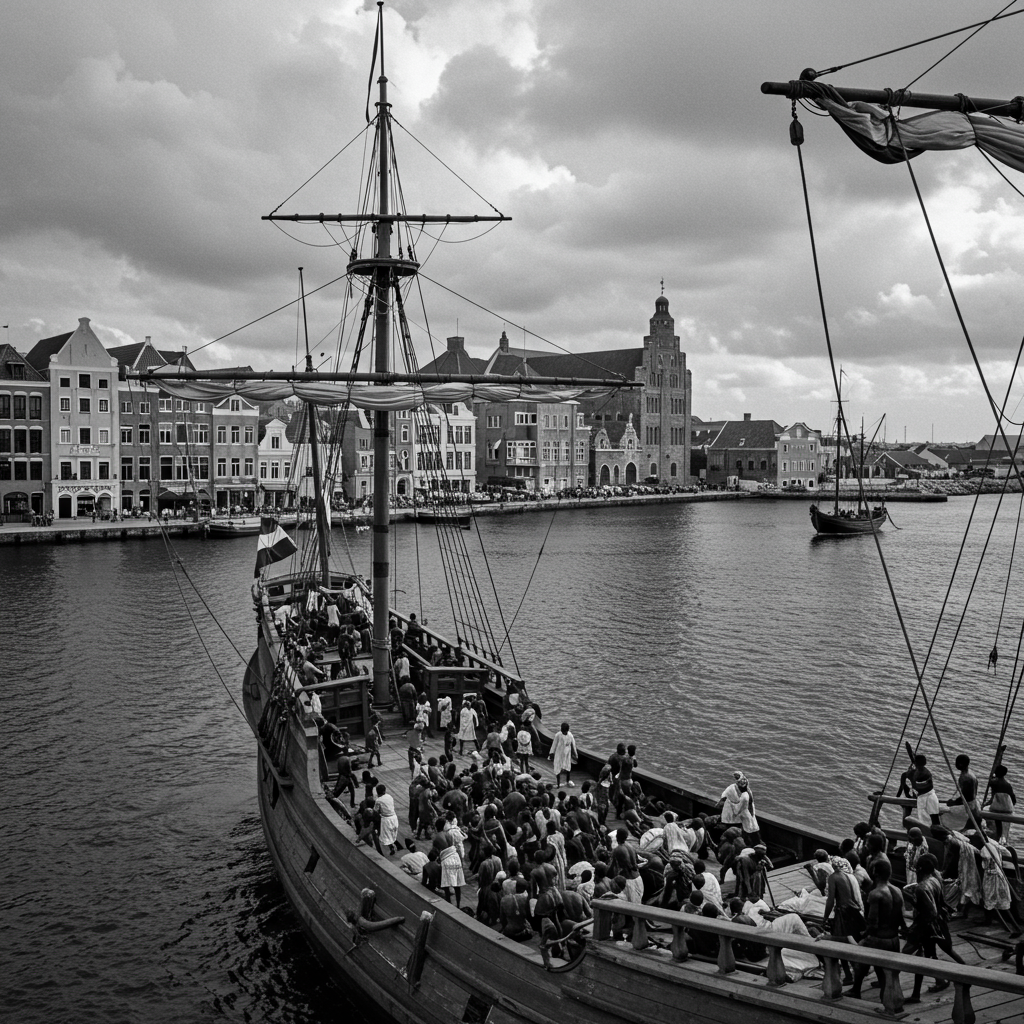
By 1795, Curaçao had been under Dutch control for over 150 years. The island served as a crucial hub in the Atlantic slave trade, with enslaved Africans working salt pans, plantations, and serving in households throughout the colony. The Dutch West India Company had established a system of brutal exploitation that generated enormous wealth for European investors while condemning thousands to lives of suffering. The enslaved population significantly outnumbered their oppressors—a fact that kept colonial authorities in constant fear of uprising.
This demographic reality, combined with news of successful revolts in nearby islands and the French Revolution's ideals of liberty spreading through the Caribbean, created an enormous bomb waiting for its explosion.
The Spark: Fight to Freedom
Friday, August 21, 1795 - Banda Abao
The revolt began not with grand speeches or coordinated attacks, but with a simple act of defiance, behavior seen from the oppressor's interpretations: "Refuse to work!". After escaping from Portomari plantation, enslaved people gathered at the massive rock formation known as Cerí Kloof—a natural fortress rising 130 meters above sea level. From this vantage point, they could see for miles in every direction, making it an ideal defensive position.
The Cerí Kloof was strategically brilliant. Its steep sides made it nearly inaccessible except from the north, where enslaved people could easily defend narrow pathways. From Westerholt plantation in the south to Starckenborgh on Daniel plantation in the southwest, the rebels had chosen their battleground wisely. Even the terrain around St. Christoffel mountain provided additional cover and escape routes.
This wasn't a spontaneous uprising—it was a calculated military decision.
The Numbers Game
The next morning brought sobering news to the colonial authorities. Documents from 1795 don't provide exact figures for participants, but records from 25 years earlier estimated around 2,000 enslaved people on nearby plantations. Even accounting for a fraction joining the revolt, the rebels likely numbered in the hundreds—a formidable force in the confined space of Curaçao.
When Van Westerholt received reports of enslaved people congregating at Fontein, he knew the situation was serious.
The 4.5-kilometer distance from the vanished Portomari plantation to Cerí Kloof represented more than geography—it marked the boundary between bondage and the possibility of freedom.
The Battle Unfolds
Day One: Taking the High Ground
Many of these rebels had positioned themselves on the Cerí Kloof plateau, watching as Dutch forces approached. When colonial troops came within range, the rebels responded naturally—with a hail of stones and rocks. The fighting grew more intense throughout the day.
By evening, exhausted colonial forces had made little progress. The enslaved defenders held their ground, forcing the Dutch to march for hours just to maintain their positions.
Saturday, August 22 - The Siege Intensifies
A ship arrived from the city carrying additional forces to Boca San Michiel, bringing approximately 120 soldiers, sailors, and civilian militiamen. Yet despite their numbers, the colonial forces struggled against the rebels' defensive advantage. The psychological warfare was as important as the physical battle.
Colonial documents reveal their frustration—after capturing only a handful of participants, the majority continued to resist effectively. The rebels knew the terrain intimately, using every cave, cliff, and pathway to their advantage.
The Terrain Advantage
The landscape itself became an ally to the rebels. The western slopes, where Van Westerholt concentrated his forces, proved nearly impossible to scale under fire. Several routes existed, but the rebels commanded the high ground, making any advance costly and dangerous.
One fascinating detail emerges from contemporary accounts: the rebels had prepared for siege conditions. They had secured the plateau's various hiding spots and supply caches, suggesting this was no desperate last stand but a planned resistance operation.
Leadership and Strategy
Military Tactics
The revolt demonstrated sophisticated military thinking. Rather than attacking plantations piecemeal, the rebels concentrated their forces at a defensible position. They forced colonial troops to come to them, negating the Dutch advantage in firearms and training.
Colonial accounts, while obviously biased, reveal grudging respect for rebel tactics. The defenders used the terrain expertly, created multiple escape routes, and maintained discipline under fire. These weren't random acts of violence—this was organized resistance.
The Human Cost
By Tuesday, August 25, the battle's outcome became clear. Exhausted after days of fighting, many rebels could no longer maintain their positions.
Colonial forces, reinforced and resupplied, gradually gained ground. The price of defeat was terrible. Van Westerholt's men, frustrated by their slow progress, showed no mercy once they gained the upper hand. The mountains around Cerí Kloof witnessed scenes of violence that colonial authorities preferred not to document in detail.
The Broader Context: Caribbean Resistance
Connections to Other Revolts
The Cerí Kloof revolt didn't happen in isolation.
News of Haiti's successful revolution was spreading throughout the Caribbean, inspiring enslaved people across the region. The rebels at Cerí Kloof likely knew of Toussaint L'Ouverture's victories and drew inspiration from them. This timing wasn't coincidental.
The 1790s marked a period of unprecedented slave revolts across the Caribbean as news of freedom movements spread and colonial authorities struggled to maintain control.
Colonial Paranoia
Dutch colonial records reveal deep anxiety about slave revolts. The demographic reality—enslaved people vastly outnumbering colonists—meant that any organized resistance posed an existential threat to colonial society. The three-day battle at Cerí Kloof confirmed their worst fears.
Aftermath and Legacy
Immediate Consequences
The revolt's suppression came with predictable brutality.
Colonial authorities made examples of captured rebels, using public executions and punishments to deter future uprisings. Yet the very severity of their response revealed how seriously they took the threat. The battle also prompted changes in colonial security. Dutch authorities reinforced garrisons, improved communication between plantations, and increased surveillance of enslaved populations. The rebels at Cerí Kloof had forced their oppressors to live in constant fear.
Memory and Forgetting
Like many slave revolts, the Battle of Cerí Neger was systematically erased from official histories. Colonial authorities had no interest in preserving accounts of successful resistance, even temporarily successful resistance. For generations, this story survived mainly in oral traditions within Curaçao's African-descended communities.
Why This Story Matters Today
Reclaiming Hidden Histories
The Battle at Cerí Kloof represents thousands of similar stories across the Americas—moments when enslaved people refused to accept their conditions and fought back with everything they had. These stories matter because they reveal the agency and resistance that existed even under the most oppressive conditions.
Strategic Thinking Under Oppression
The rebels' choice of battleground, their tactical decisions, and their sustained resistance over three days demonstrate sophisticated military thinking. This wasn't mindless violence but calculated resistance by people fighting for their fundamental human rights.
Lessons for Modern Resistance
The revolt offers insights into how oppressed populations can resist even seemingly overwhelming force. The rebels used their knowledge of local terrain, coordinated their actions, and chose their battles strategically. While they ultimately failed to achieve permanent freedom, they proved that resistance was possible.
Change battlefield name to Ceri Neger
As a result of the battle, this place was popularly called Ceri Neger, a name that became official when it was also included on the Topographical Map of J.V.D. Werbata, published in 1911. The Ceri Neger is the north-eastern peak of the Cer'i Kloof
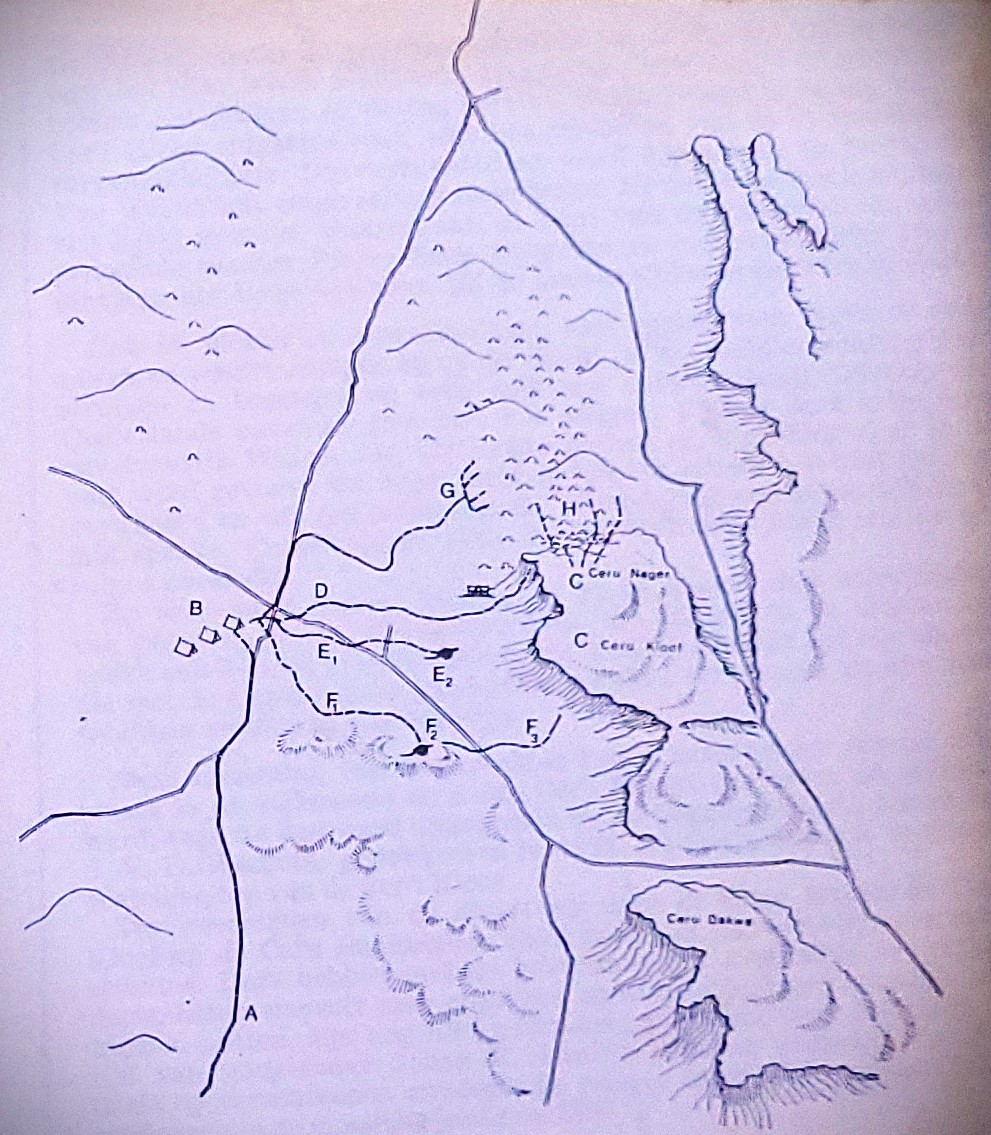
The map indicates the Fontein plantations' position: the road to Westpun is on the right.
- A. Advance of Captain van Westerholt
- B. Bivouac of Van Westerholt
- C. Position of Tula and his men
- D. Route of advance of the attack of Van Wetserholt
- E. Position of the march (E1) and field gun (E2) of Quast, who covered Van Westerholt's troops by laying fire on the rebels.
- F. Advance of feint attack (F1) and diversionary manoeuvre, Robaine as well as position of gun (F2) and route of attack (F3).
- G. Presumably, the direction of the march and the position of Oosterhuis to receive the rebels fleeing from the Cer'i Kloof.
- H. Direction of flight of defeated rebels
Conclusion
The Battle at Ceri Neger deserves recognition alongside other famous slave revolts throughout the Americas. For three days in August 1795, enslaved people in Curaçao transformed from property into warriors, challenging one of Europe's most powerful colonial empires on their terms. Their defeat doesn't diminish their courage or the significance of their resistance. Instead, it reminds us that the path to freedom was never easy and came at a tremendous cost.
The rebels who fought at Cerí Neger joined a long tradition of resistance that eventually led to slavery's abolition throughout the Americas.
What other forgotten stories of resistance remain buried in colonial archives, waiting for someone to bring them back to light? And how might these historical examples of courage inspire modern movements for justice and human dignity?
Read More: Independent Vacation Rentals in Curacao
Read More: Independent Vacation Rentals in Curacao

